The Querini Stampalia’s Foundation is a magical place In the city of Venice where Chiara Bertola lived intensely for about twenty years, during the realisation of the curatorial project “Conservare il futuro” (“Conserving the Future”), aimed at connecting the museum’s spaces with the different and site-specific works here exhibited during the years of her stay. The placement of contemporary pieces in a 16th-century building, which has had interventions by Valeriano Pastor, Mario Botta, Michele De Lucchi, has not been easy and has encompassed what every curator should realise, which is not always the case, especially in the current era of great curatorial egocentrism.
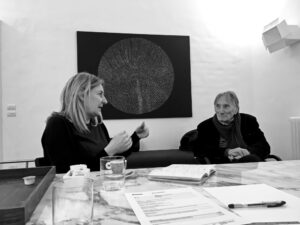
Giovanni Anselmo and Chiara Bertola, Galleria Tucci e Russo Studio per l’Arte Contemporanea, Turin, 2017. Ph. Agostino Osio, courtesy Fondazione Querini Stampalia onlus
«The difficulty of my work has been to find a balance» Chiara Bertola writes in her latest book. In reality, the many challenges she has had to face, in order to achieve a more than successful result, have been based on the fact that Italy is, at the same time, a present place that can interplay with the past. This close combination, which perfectly adheres to the spaces of Querini’s Foundation, meant that “Conservare il futuro” put into effect the oxymoron inherent in the name of the project, according to which the institution had the task of preserving a legacy that, through the eyes of the artists, could be ferried into the future. «I began to realise that it was a matter of creating relationships with what was deposited in those rooms, opening a crack through which to interact with the past, without imposing separate spaces». With the aim of creating a dialogue between spaces and works of art, Bertola’s work thus began, aimed at meeting the artists, entering their domestic dimension, sharing the dining table with the Pistoletto’s family, going on long car journeys from New York to Long Island with the Kabakov couple, breathing in the dimension of their work from the stories of their lives. It is only in this way that her curatorial work became firstly a mission, and afterwards an actual part of her. Doing so, the design of a work for Querini’s Foundation took on a dimension of absolute immersion in the vision of the project that the artist wanted to realise, putting herself at the artist’s disposal for this purpose.
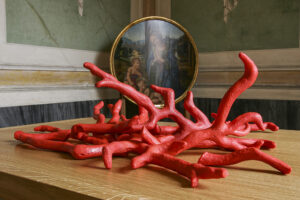
Giuseppe Caccavale, Resi conto, 2006. Ph. Agostino Osio, courtesy Fondazione Querini Stampalia onlus
The described projects of her book allow the reader to get to know the behind the scenes of the installations, but, above all, they let reflect on those concepts on which art should feed, picking them from the everyday life of living beings, but eventually declining them with the sophisticated vocabulary that is complete prerogative of artistic creativity. Thus, for example, lemmas such as “militant art” emerges, represented by Jimmy Durham’s research work, which is aimed at shedding light on consumerist and capitalist culture, analysing the thinking of the workers on the Venice’s islands, such as the base of the pyramid: laborers who created the strength of this centuries-old city by working on objects and raw materials.
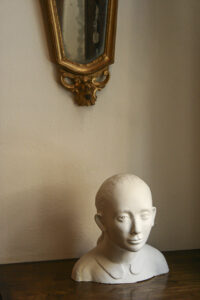
Kiki Smith, Homespun Tales. Ph. Roberta Iachini, courtesy Fondazione Querini Stampalia onlus

Mona Hatoum, Interior Landscape, 2009. Ph. Agostino Osio, courtesy Fondazione Querini Stampalia onlus
The same rebellious spirit but interpreted with the strong suffering felt from the torments experienced in Russia is expressed in Ilya Kabakov’s work in which past and present are strongly united and iconised. “Where is our place?” found many difficulties during its realisation, but Kabakov’s most ingenious intervention was when she realised that from the windows of the floor in which the work was placed, a breathtaking view of the city could be seen, therefore she proposed to hide this panorama from the eyes of the public by using thick nylon sheets, in order to avoid distracting the spectator. What may seem a mere organisational ploy, it actually draws the narrator’s attention to think on how much a site-specific work aims at making the artist’s message adhere to the place in which the art piece itself is placed. To this end, in fact, even the walls of the room that housed the work were painted grey and brown, reminding the spectator of the desolate and cold climate of the Steppe in Kabakov’s country.
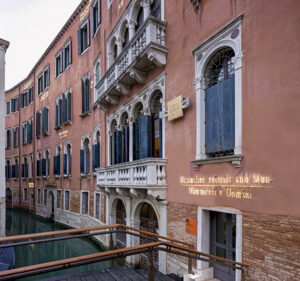
Joseph Kosuth, The material of the ornament, 1997. Ph. Alessandra Chemollo, courtesy Fondazione Querini Stampalia onlus
The work by Michelangelo Pistoletto, with whom Chiara Bertola collaborated extensively throughout her career, not only at Querini, was also influenced by the display of “Gabbie specchio” (1973) in Scarpa’s area of the Venetian palace. The powerful iron structure, that contained large mirrors, had the virtue of shattering reality as it was, introducing the irrefutable unpredictability of images deformed by refraction. This work highlighted how art could mystify the same reality it was in contact with, and how different points of view in art were one of the aut aut to amplify the concept or diminish it. It is curious to note that, now that Chiara Bertola has been appointed as new director of the Galleria d’Arte Moderna Museum in Turin, Michelangelo Pistoletto’s “Divisione dello specchio” (1975) appears among the works of the permanent collection, and it is impossible not to wonder how much of this work, which highlights the different perceptions of reality on different planes, will inspire the new director in designing and making future installations and works interplay with each other, in this new phase of her career.
Info:
Chiara Bertola, Conservare il futuro
Fondazione Querini Stampalia Editore
querinistampalia.org
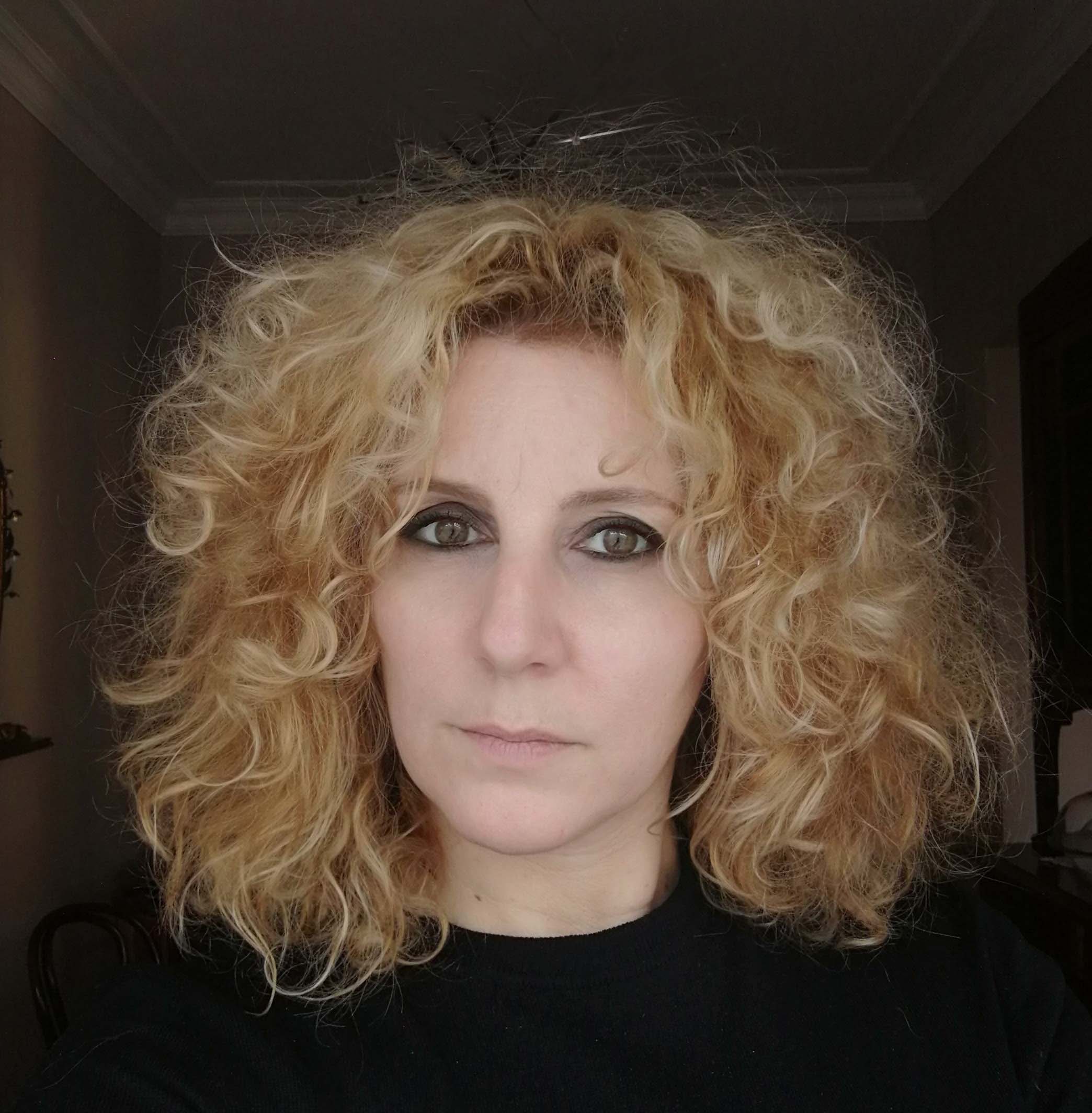
Globetrotter, passionate about literature, lover of art and photography. I never leave for a trip without taking with me a book by an author of the place where I will go. I have dreamed of moving to Paris for years and sooner or later I will!



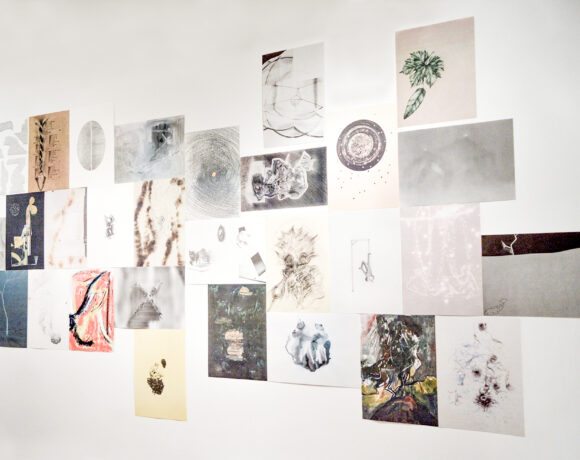
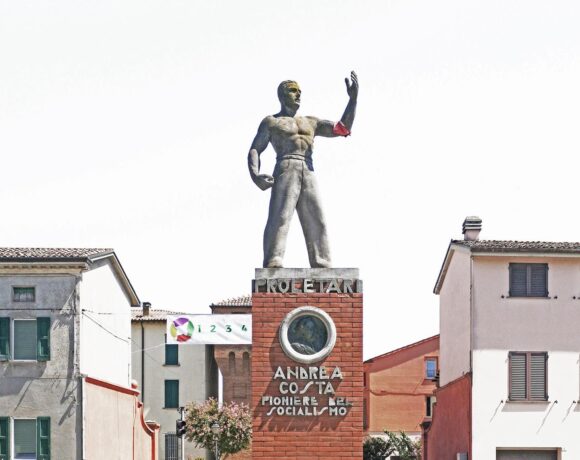

NO COMMENT